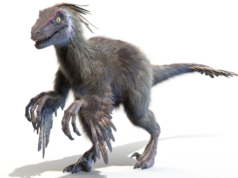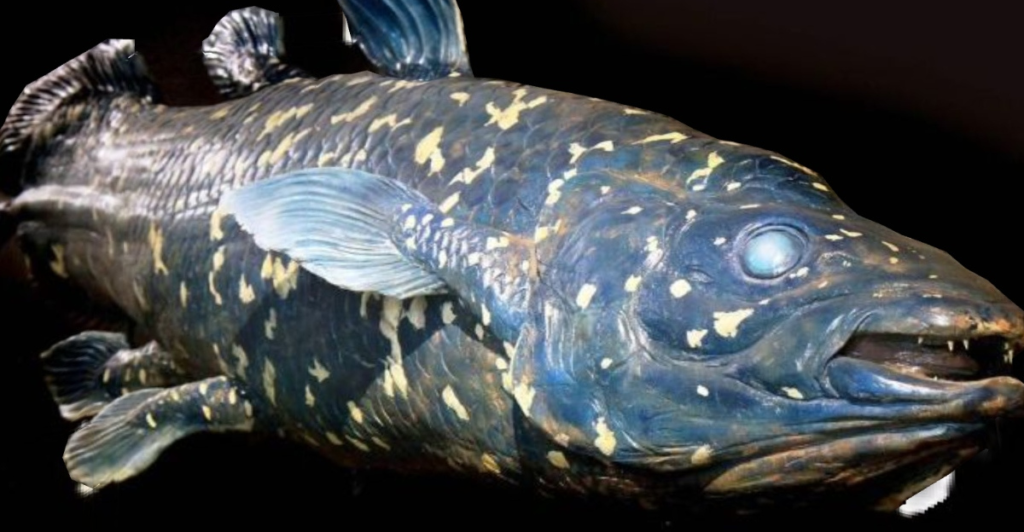
For millions of years, the coelacanth was thought to be long gone, a fossilized relic of prehistoric seas. Scientists believed it had vanished alongside the dinosaurs, never to swim again. But then, in 1938, a fisherman’s unexpected catch shattered that assumption. This “living fossil” had been hiding in the deep, defying extinction and rewriting history. How did it survive unnoticed for so long? And what makes this ancient fish so extraordinary?
The Living Fossil Emerges
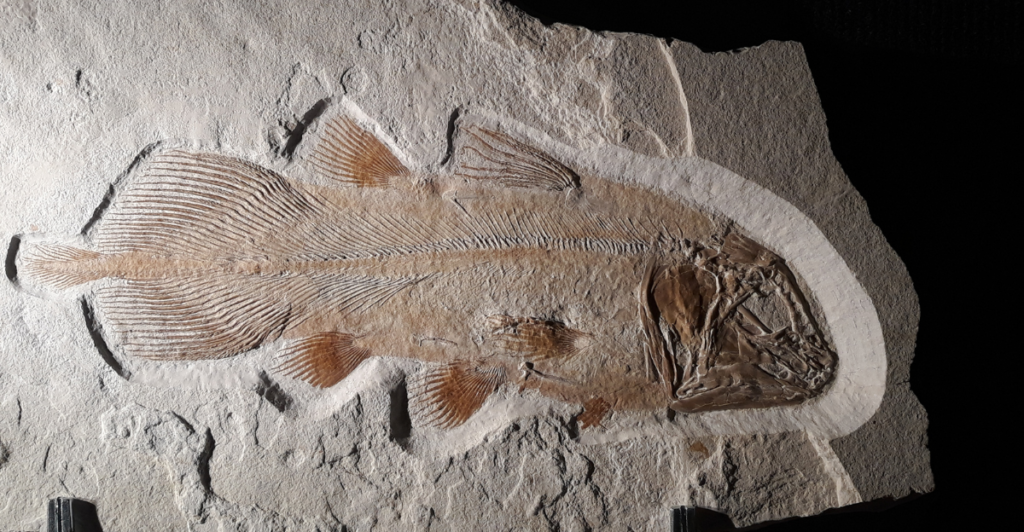
For centuries, the coelacanth was known only from ancient fossils, believed to have vanished 65 million years ago. That changed in 1938 when a South African museum curator, Marjorie Courtenay-Latimer, identified a bizarre, blue-scaled fish caught off the coast. This discovery stunned scientists, as it proved that a species thought to belong to prehistoric oceans still swam in the deep. Subsequent research revealed that coelacanths had survived undetected in the twilight zones of the ocean, their remote habitat shielding them from human observation.
This discovery fundamentally rewrote scientific thinking about species survival, confirming that the ocean harbors creatures long presumed vanished. The coelacanth became a symbol of evolutionary persistence, showing how even today, major discoveries emerge from the depths, challenging scientific narratives.
Evolutionary Time Capsule
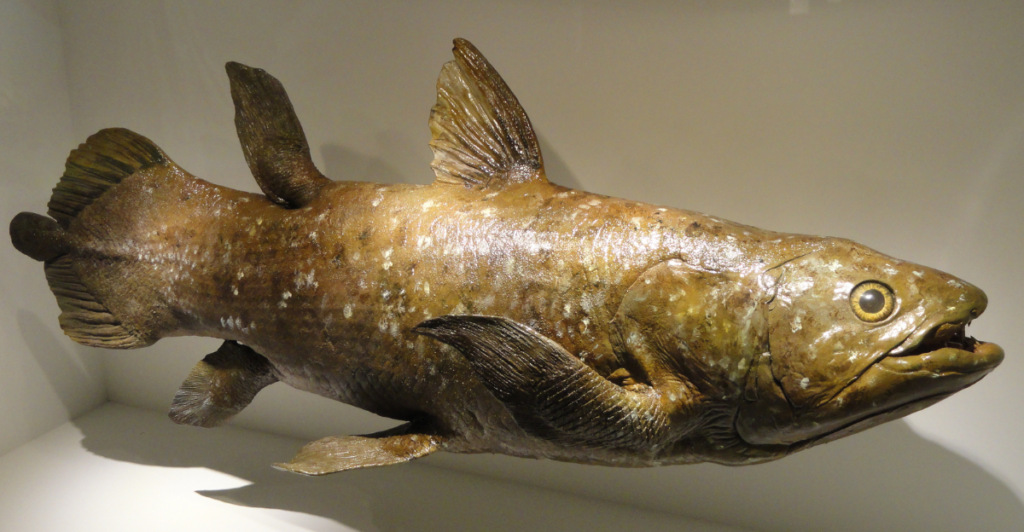
The coelacanth is an extraordinary example of a “Lazarus taxon,” referring to species that reappear in the fossil record after being thought to be extinct. What makes this fish particularly remarkable is its surprisingly slow rate of morphological evolution. The fossil record shows that coelacanths have retained a consistent body plan for hundreds of millions of years, leading scientists to label them as “living fossils.”
This evolutionary stasis has intrigued researchers since the initial discovery, with many studies confirming the persistence of a generalist morphological structure throughout the history of the clade. Despite having inhabited Earth long before the dinosaurs, the coelacanth’s basic form has remained so consistent that modern specimens are immediately recognizable when compared to their fossil ancestors.
Anatomical Time Travelers
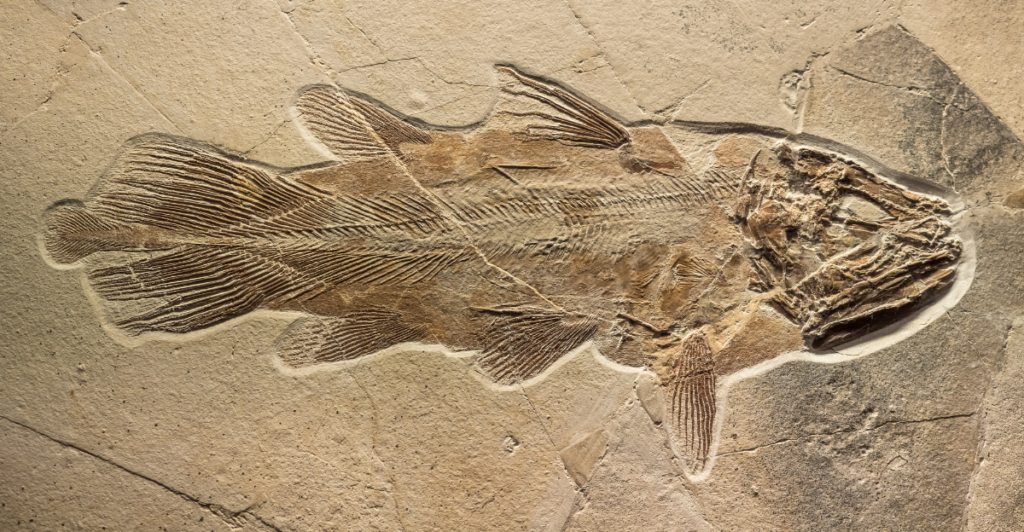
The coelacanth’s unique anatomy provides essential insights into vertebrate evolution. Most notably, its lobed fins move in a manner similar to the limbs of terrestrial animals, offering scientists valuable clues about how early fish may have adapted to life on land. These lobe-shaped appendages represent an evolutionary intermediate step between the fins and the limbs of tetrapods.
Furthermore, the coelacanth features a distinctive hinged skull structure that enables specialized feeding mechanisms not found in modern bony fish. These anatomical traits have remained remarkably consistent over millions of years of evolution, making the coelacanth an invaluable model for understanding the transition of vertebrate life from water to land. The preservation of these ancient characteristics in a living organism allows scientists to study evolutionary adaptations that would otherwise be accessible only through fossil evidence.
The Methuselah of the Deep
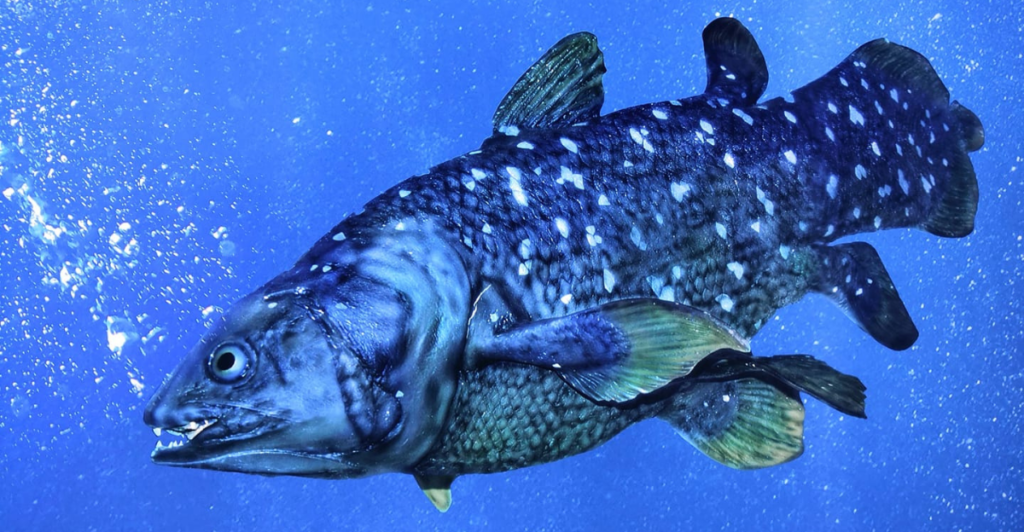
Recent research has revealed extraordinary life history traits that help explain the coelacanth’s evolutionary persistence. Studies of growth lines on scales show these fish likely live approximately 100 years, with sexual maturity occurring no earlier than age 49-69. Perhaps most remarkable is the 5-year gestation period—one of the longest among vertebrates. This extended reproductive timeline means the minimum time between generations is 54 years, which is 12.5 times longer than the average for ray-finned fishes and 4.2 times longer than sharks. These exceptionally slow life history parameters correlate with their slow evolutionary rate, as fewer generations over geologic time means fewer opportunities for genetic changes to accumulate. Their longevity likely represents an adaptation to the stable deep-water environments they inhabit.
Genomic Revelations

The 2013 sequencing of the coelacanth genome shattered assumptions about its evolutionary ties. Genetic analysis confirmed that lungfish—not coelacanths—are the closest living relatives of tetrapods. Despite their unchanged appearance, coelacanths are still evolving. Protein-coding regions show slow mutation rates, matching their stable morphology, but non-coding DNA reveals significant genetic shifts. This disconnect between genetic and physical evolution suggests deep molecular changes occur without altering external traits. The genome also uncovered coelacanth-specific endogenous retroviruses, which have driven some of this genetic divergence.
These findings prove that even so-called “living fossils” aren’t frozen in time; they continue evolving in subtle yet measurable ways, refining their genetic blueprint while maintaining an ancient, seemingly unchanged form.
Reproductive Marvels
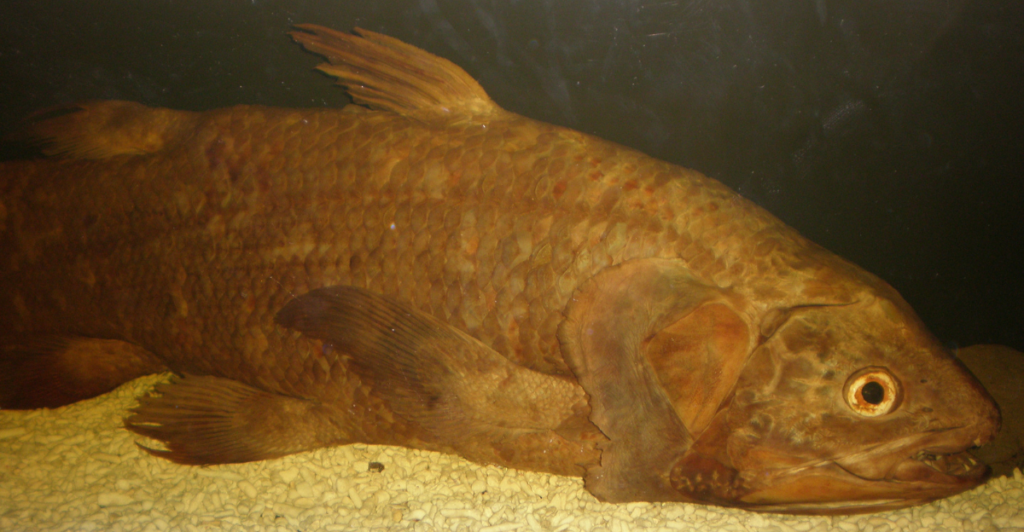
The coelacanth’s rare reproductive strategy plays a crucial role in its survival. As ovoviviparous fish, females retain fertilized eggs for an extraordinary five-year gestation, ensuring offspring develop safely in deep-sea conditions. Embryos grow within thin-membraned eggs inside the mother before live birth—a rarity among fish. Sexual dimorphism is clear, with females growing larger and exhibiting unique scale patterns and skin folds around the cloaca. Males lack external copulatory organs, instead relying on a specialized cloaca equipped with a urogenital papilla and erectile caruncles for reproduction.
These finely tuned adaptations, honed over millions of years, optimize reproductive success, reinforcing the species’ remarkable evolutionary endurance in one of Earth’s most demanding marine environments.
Evolutionary Pace Explained
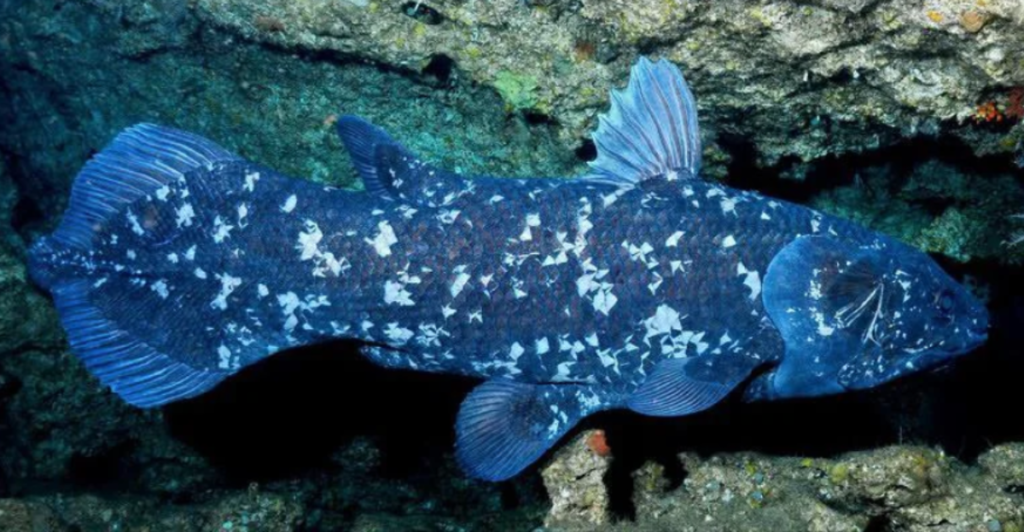
The coelacanth evolves at an exceptionally slow pace due to several key factors. With at least 54 years between generations, mutations accumulate far less frequently than in other vertebrates. Their large size, slow metabolism, and low reproductive rate reinforce genetic stability, favoring efficient DNA repair. Fossil evidence confirms this pattern, as Mesozoic coelacanths exhibited minimal morphological change over tens of millions of years.
The massive mawsoniid coelacanths, exceeding 5 meters in length and spanning diverse aquatic environments from the Jurassic to the Late Cretaceous, remained largely unchanged for up to 80 million years. This long-term evolutionary stasis suggests that their life history traits—not just environmental stability—play a crucial role in maintaining their ancient form.
Parallel Evolutionary Patterns
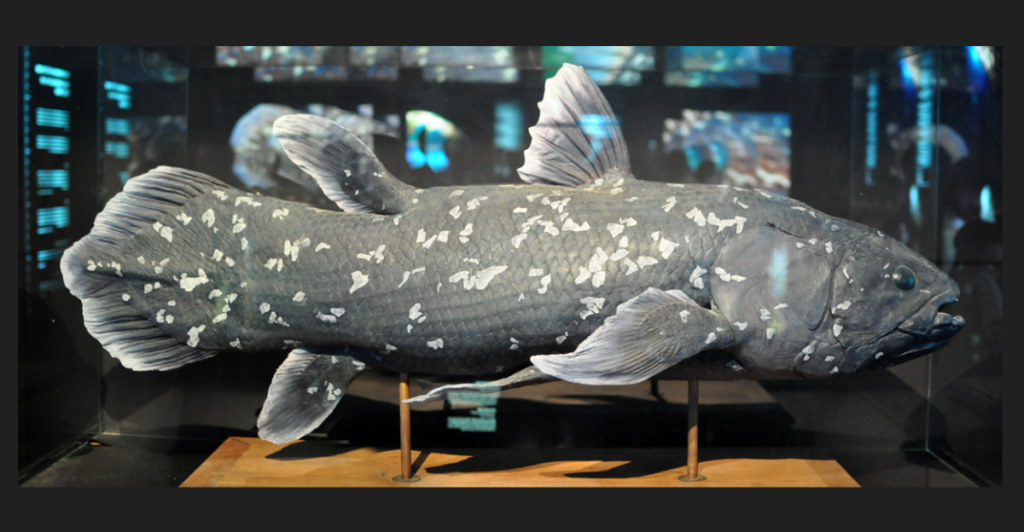
The coelacanth’s remarkable evolutionary stability mirrors patterns observed in other ancient fish lineages. Take, for instance, the recently unearthed Ferruaspis brocksi fossil from McGraths Flat, which retains an astonishing resemblance to its modern relatives despite being 15 million years old. This exceptionally well-preserved specimen reveals not just skeletal details but also pigmentation patterns, stomach contents, and even parasitic hitchhikers—offering a rare glimpse into prehistoric aquatic ecosystems.
Much like the coelacanth, these ancient freshwater fish exhibited counter-shading camouflage (dark above, light below) and distinctive racing stripes, a pattern still seen today. The presence of parasitic mussels and phantom midges in its stomach highlights behavioral and ecological continuity across millions of years. Such parallels suggest that when species successfully adapt to a stable niche, they can maintain extraordinary consistency for millions of years.
The Science of Rediscovery
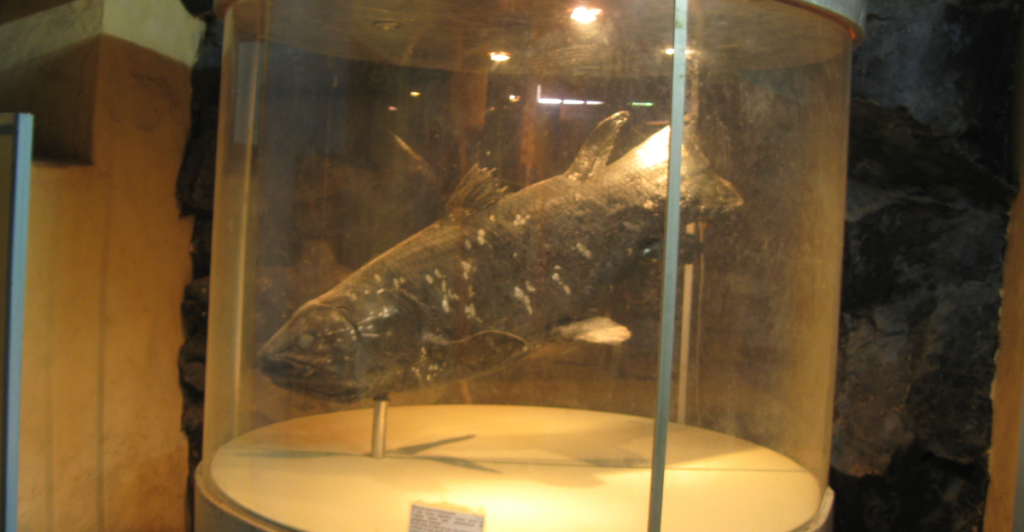
The rediscovery of the coelacanth fundamentally changed scientists’ perspectives on extinction and biodiversity in the oceans of our planet. Before 1938, paleontologists believed that this lineage had disappeared alongside dinosaurs during the end-Cretaceous extinction event 65 million years ago. This case shows that major taxonomic groups could survive undiscovered for millions of years, especially in the less-explored depths of the ocean. This insight carries significant consequences for biodiversity evaluations and conservation efforts: if large and unique species like coelacanths can remain unseen, what other life forms might exist in unexplored ecosystems?
The rediscovery prompted a thorough reevaluation of coelacanth evolution, leading to decades of investigation into their biology, genetics, and evolutionary importance. It serves as a compelling reminder that scientific knowledge is provisional and can be revised in light of new information.
Legacy of the Living Fossil
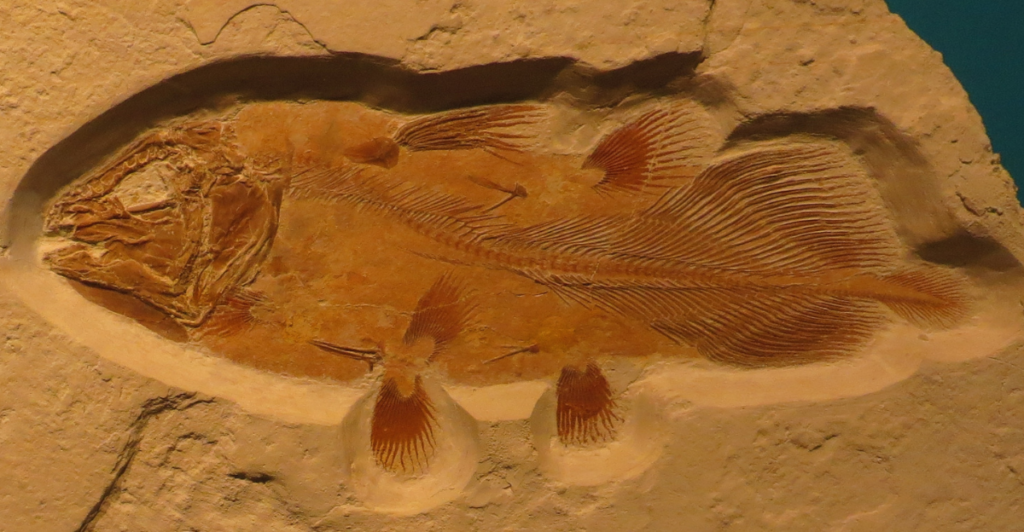
The coelacanth’s remarkable story goes beyond mere biological interest; it fundamentally alters our understanding of evolutionary processes, extinction dynamics, and biodiversity. Its rediscovery serves as a humbling reminder that, despite advanced technology and centuries of scientific exploration, significant gaps still exist in our knowledge of Earth’s biosphere. The coelacanth illustrates that evolution occurs at vastly different rates across various lineages, with some species remaining remarkably stable while others diversify rapidly.
Its unique life history—which includes extreme longevity, delayed maturity, and extended gestation—provides a natural experiment in evolutionary tempo. As we confront increasing biodiversity loss and environmental change, the coelacanth stands as both an inspiration and a warning: it exemplifies that life’s resilience can endure for hundreds of millions of years, yet it also reminds us that even ancient lineages can be vulnerable to modern human-induced pressures.
Explore more of our trending stories and hit Follow to keep them coming to your feed!

Don’t miss out on more stories like this! Hit the Follow button at the top of this article to stay updated with the latest news. Share your thoughts in the comments—we’d love to hear from you!



